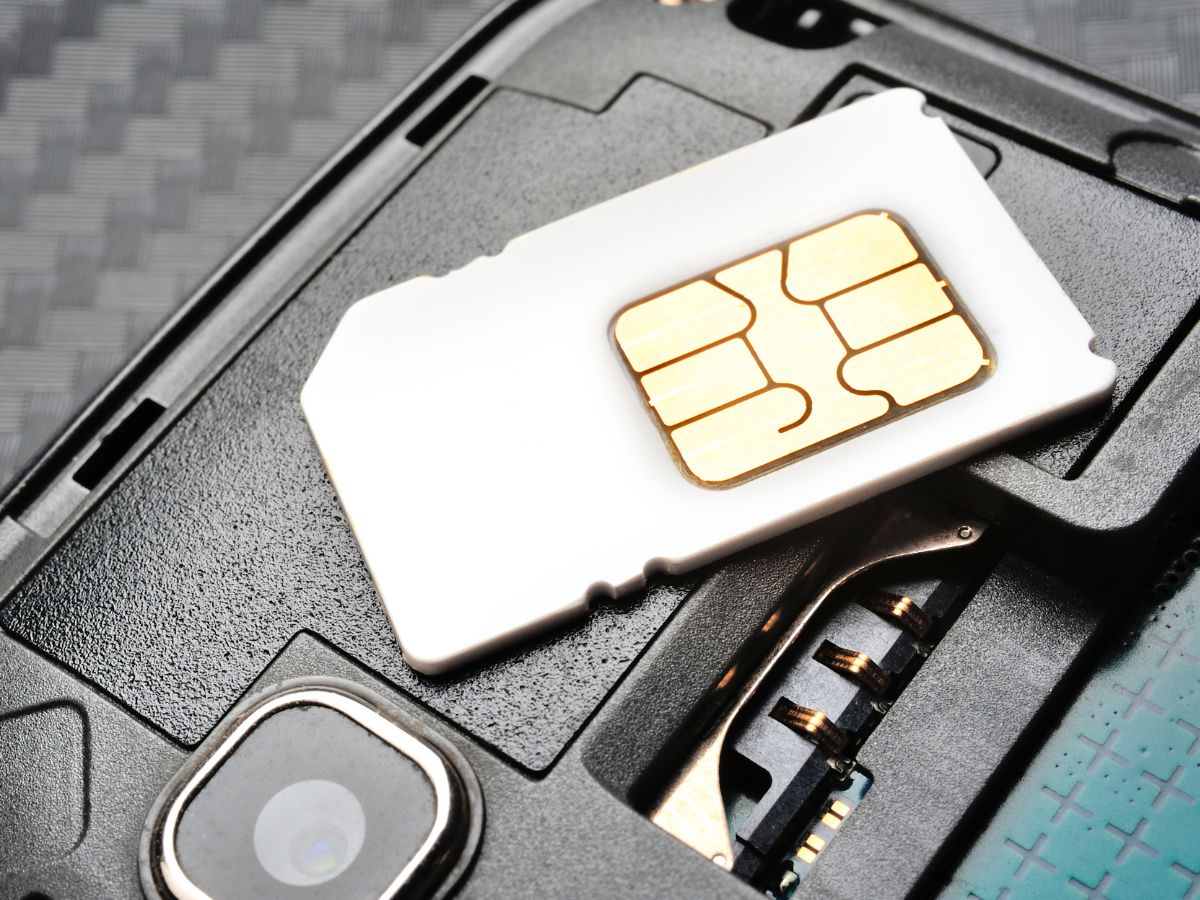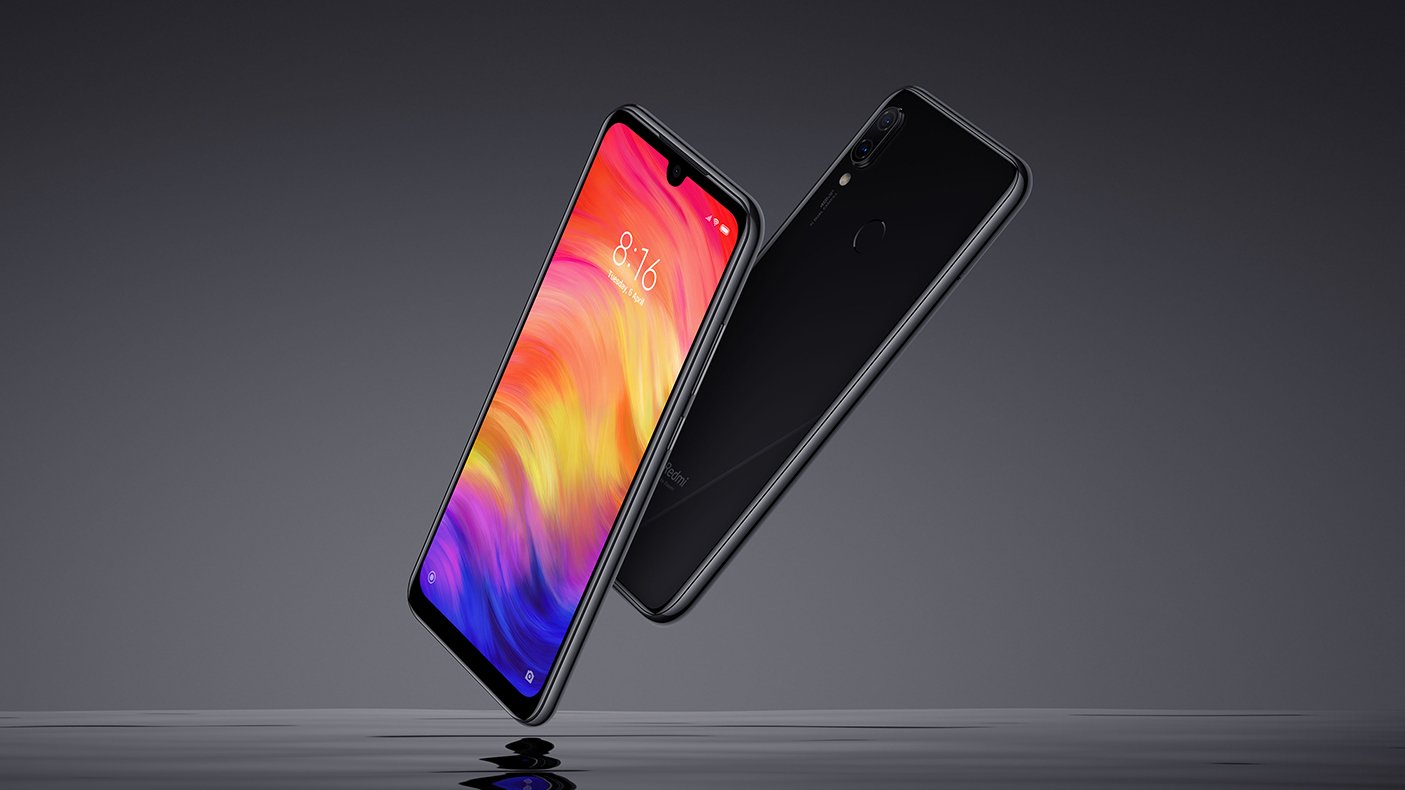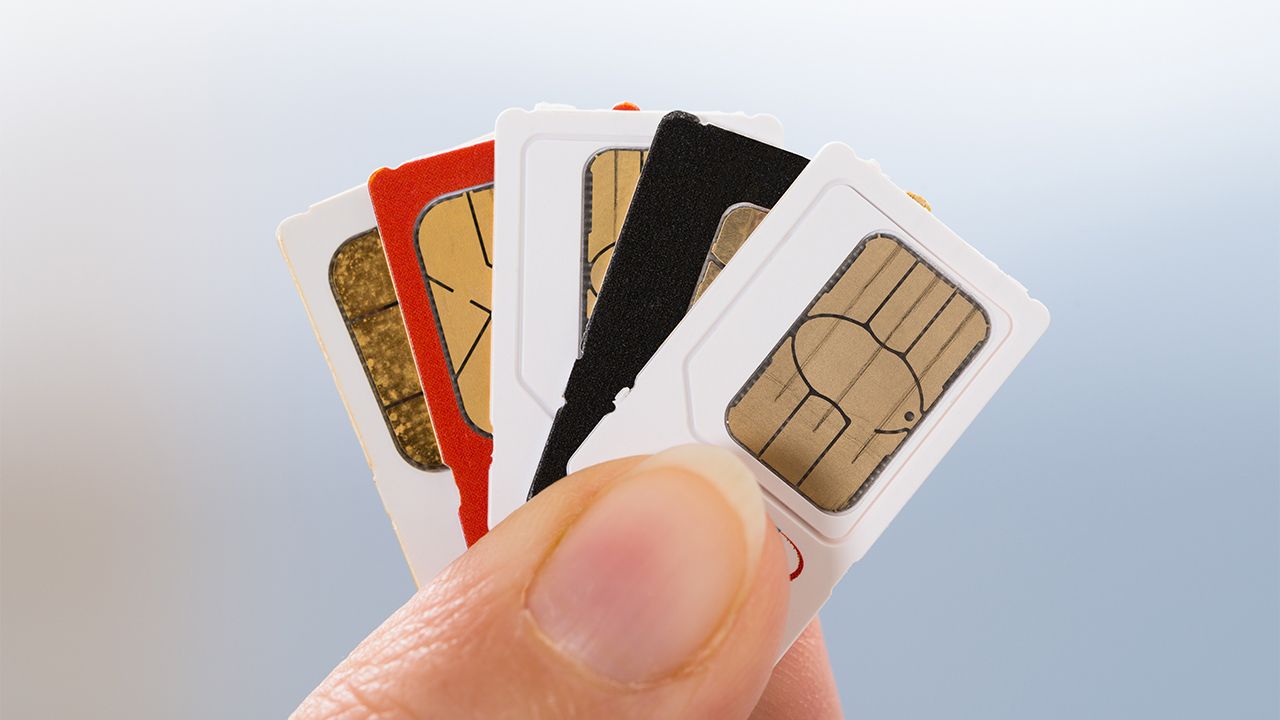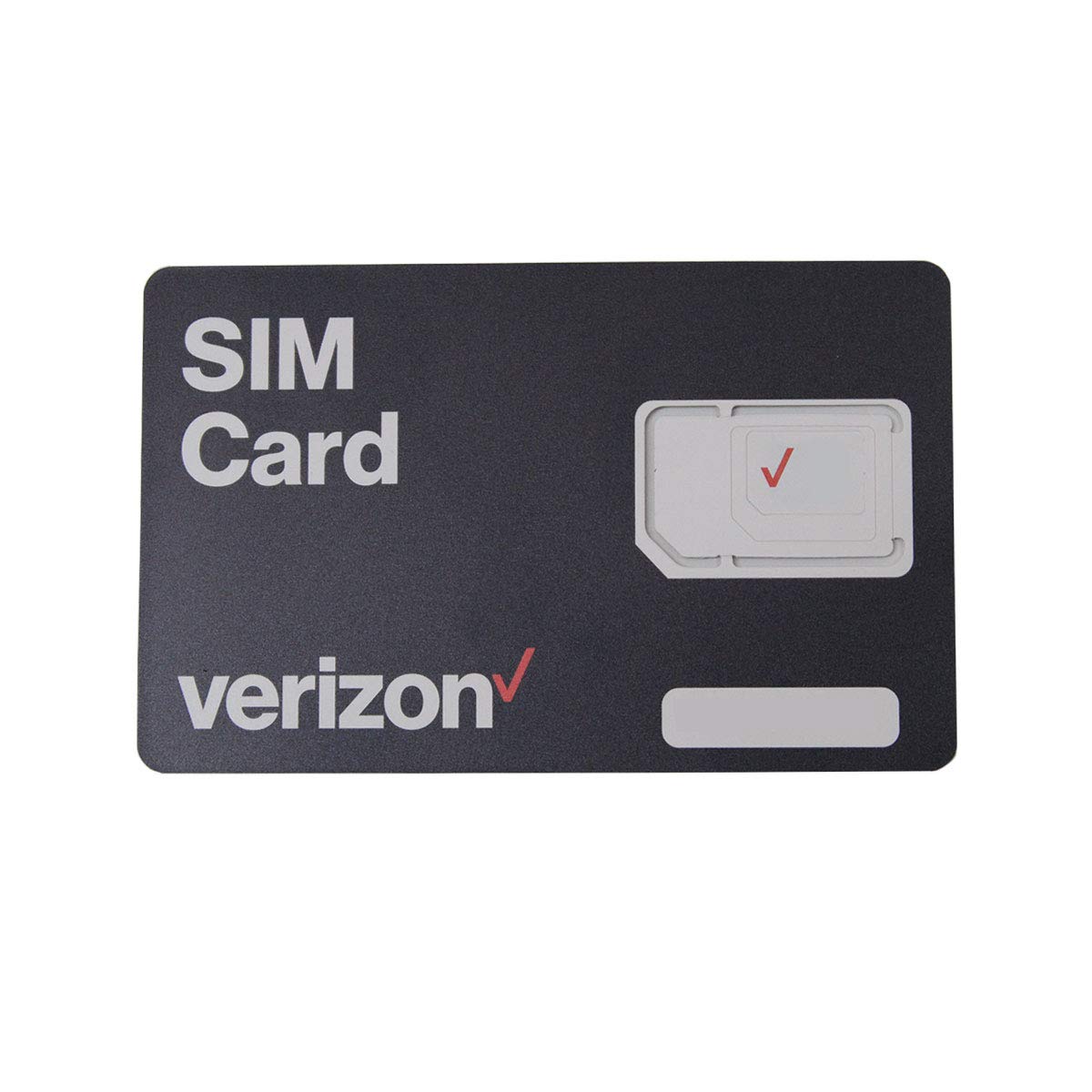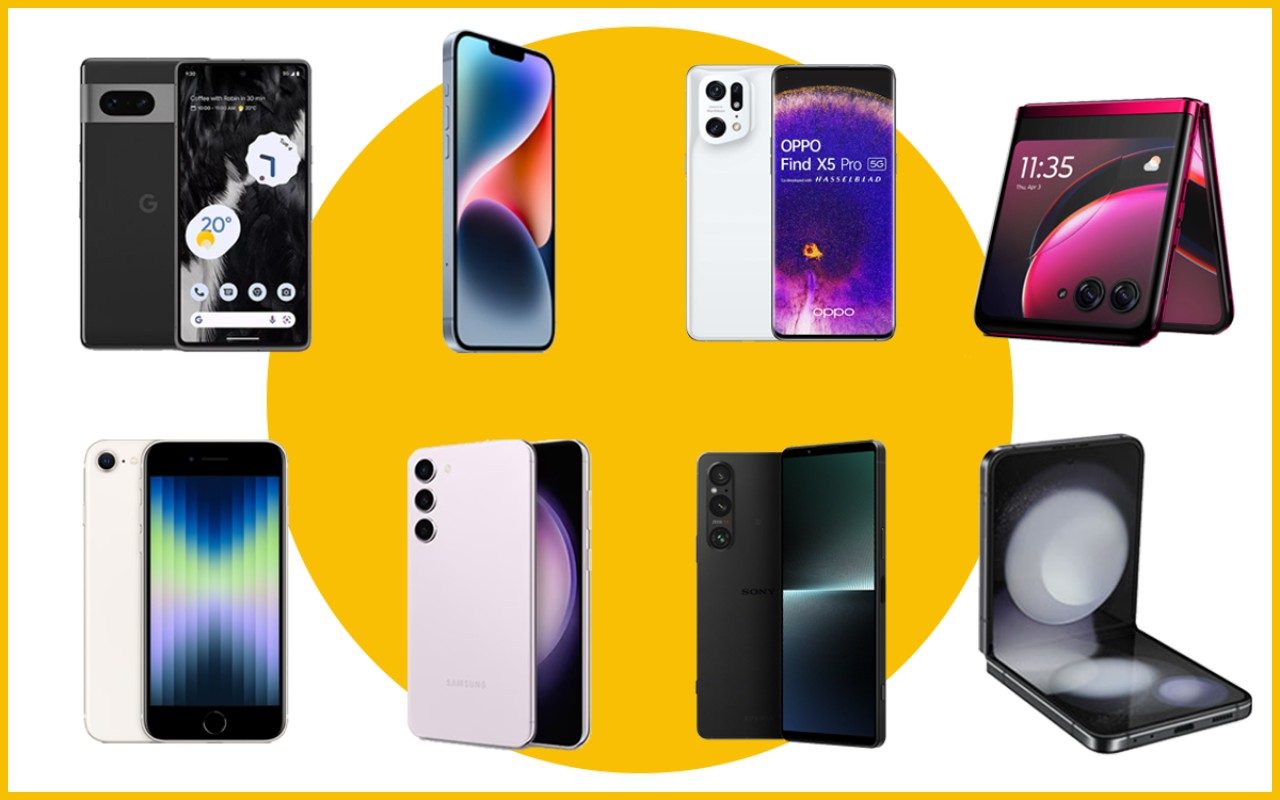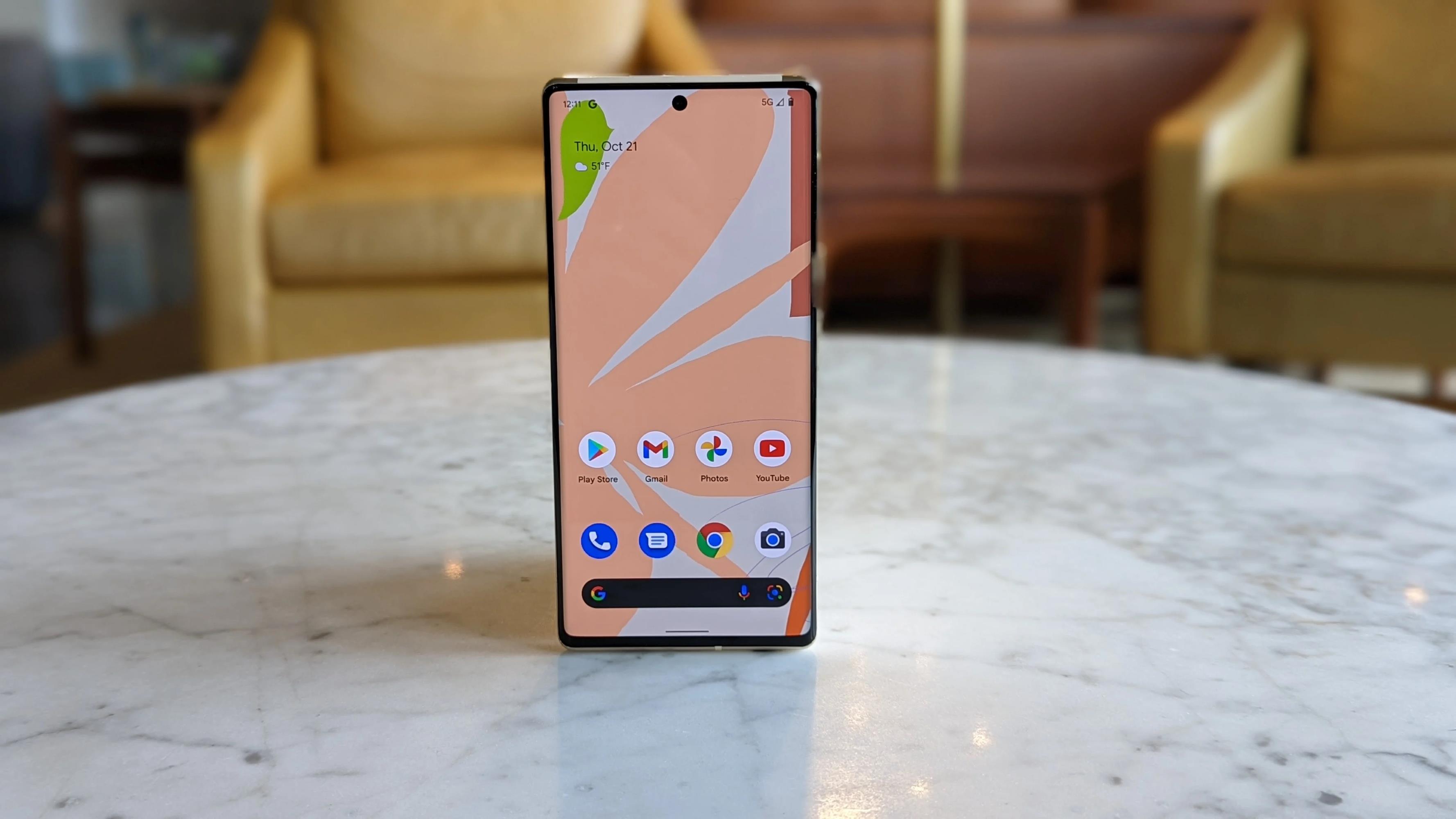Introduction
In today's fast-paced digital age, the ubiquitous smartphone has become an indispensable tool for communication, productivity, and entertainment. However, the traditional use of a SIM card for cellular connectivity is not the only way to harness the power of these handheld devices. There are alternative methods that allow individuals to leverage the capabilities of a cellphone without the need for a SIM card.
Whether it's due to travel, a desire to limit expenses, or a temporary loss of a SIM card, the need to use a cellphone without a SIM card may arise. Fortunately, there are several viable options for achieving this, each with its own set of advantages and limitations. From utilizing Wi-Fi for communication to harnessing the capabilities of VoIP services and leveraging offline features and apps, the possibilities are diverse and offer flexibility to users in various scenarios.
In this article, we will explore these alternative options in detail, shedding light on how individuals can stay connected and make the most of their mobile devices even without a traditional SIM card. By understanding and harnessing these alternatives, users can adapt to different situations and ensure that their smartphones remain valuable tools for communication and productivity, regardless of the presence of a SIM card.
Option 1: Using Wi-Fi for Communication
In the absence of a SIM card, leveraging Wi-Fi for communication becomes a practical and cost-effective alternative. Most modern smartphones are designed to seamlessly connect to Wi-Fi networks, enabling users to access a wide range of communication tools and platforms. Whether it's sending emails, using messaging apps, or making voice and video calls, Wi-Fi serves as a versatile conduit for staying connected.
Advantages of Wi-Fi Communication
- Cost-Effective: Utilizing Wi-Fi for communication eliminates the need for a cellular plan, offering a budget-friendly solution for individuals seeking to minimize expenses.
- Global Accessibility: Wi-Fi hotspots are prevalent in various public spaces, including cafes, airports, and libraries, providing users with widespread access to connectivity without the constraints of a SIM card.
- Versatility: With Wi-Fi, users can leverage a multitude of communication apps, such as WhatsApp, Skype, and Telegram, to stay in touch with friends, family, and colleagues.
Limitations and Considerations
- Dependence on Hotspots: While Wi-Fi hotspots are widely available, reliance on them may pose challenges in areas with limited connectivity, such as remote locations or during travel.
- Emergency Communication: In the absence of a cellular network, accessing emergency services via traditional phone calls may be restricted. However, alternative methods, such as utilizing internet-based emergency apps, can mitigate this limitation.
Harnessing Wi-Fi for Enhanced Productivity
Beyond communication, Wi-Fi empowers users to access a plethora of productivity tools and resources. From cloud-based document collaboration to virtual meetings and remote work, the versatility of Wi-Fi connectivity amplifies the potential of smartphones as powerful productivity hubs.
In essence, utilizing Wi-Fi for communication transcends the conventional boundaries of SIM card-dependent connectivity. By harnessing the vast ecosystem of Wi-Fi networks and communication apps, individuals can remain connected, productive, and engaged, irrespective of the absence of a traditional SIM card.
Option 2: Using VoIP Services
In the realm of modern telecommunications, Voice over Internet Protocol (VoIP) services have emerged as a game-changing alternative for communication, especially in scenarios where traditional SIM card-based connectivity is unavailable. VoIP leverages the power of the internet to facilitate voice and multimedia communication, offering a compelling solution for individuals seeking to use a cellphone without a SIM card.
Advantages of VoIP Services
-
Cost-Efficiency: VoIP services often present a cost-effective option for making domestic and international calls, circumventing the need for traditional cellular plans and associated roaming charges.
-
Global Connectivity: With VoIP, geographical boundaries are blurred, enabling users to engage in voice and video calls across the globe without being tethered to a specific cellular network.
-
Feature-Rich Communication: VoIP platforms, such as Skype, WhatsApp, and Google Meet, offer a rich array of features, including video conferencing, file sharing, and instant messaging, enhancing the overall communication experience.
Limitations and Considerations
-
Dependence on Internet Connectivity: VoIP services rely on a stable internet connection, which may pose challenges in areas with limited or unreliable internet access.
-
Emergency Communication: While traditional cellular networks are designed to facilitate emergency calls, VoIP services may have limitations in accessing emergency services. However, some VoIP providers offer integration with emergency services to address this concern.
Harnessing VoIP for Seamless Communication
VoIP services extend beyond basic voice calls, empowering users with a versatile toolkit for communication and collaboration. Whether it's conducting virtual meetings, sharing multimedia content, or engaging in real-time conversations, VoIP services offer a compelling alternative to traditional cellular communication.
Moreover, the integration of VoIP with other digital tools, such as virtual phone numbers and unified communication platforms, enhances the overall connectivity experience. This convergence of technology enables users to leverage VoIP as a comprehensive solution for staying connected and productive, even in the absence of a SIM card.
In essence, VoIP services serve as a testament to the transformative power of internet-based communication, providing individuals with a viable and feature-rich alternative for utilizing their cellphones without conventional SIM card-based connectivity. By embracing VoIP, users can transcend the limitations of traditional cellular networks and unlock a world of seamless communication and collaboration.
Option 3: Using Offline Features and Apps
In situations where a SIM card is not available, leveraging the offline capabilities of mobile devices becomes a compelling strategy for maximizing their utility. Modern smartphones are equipped with an array of offline features and apps that enable users to stay productive, entertained, and informed even without an active cellular connection.
Harnessing Offline Features for Productivity and Entertainment
Offline functionality extends beyond basic tasks and entertainment, offering a wealth of opportunities for users. From offline maps and navigation to offline document editing and media consumption, the offline capabilities of smartphones cater to diverse needs.
Advantages of Offline Features and Apps
-
Enhanced Productivity: Offline document editing tools, such as Google Docs and Microsoft Office, enable users to create, edit, and collaborate on documents without requiring a constant internet connection. This is particularly beneficial for individuals who need to work on the go or in areas with limited connectivity.
-
Entertainment On-the-Go: Offline music and video streaming apps, such as Spotify and Netflix, allow users to enjoy their favorite content without relying on a continuous internet connection. This proves invaluable during travel or in areas with restricted connectivity.
-
Offline Navigation: Offline maps and navigation apps, such as Google Maps and HERE WeGo, provide users with the ability to access detailed maps and directions without being tethered to a cellular network. This is especially useful for travelers exploring areas with limited or no internet access.
-
Privacy and Security: Utilizing offline features and apps can enhance privacy and security by minimizing the transmission of sensitive data over potentially unsecured networks. This is particularly relevant for individuals who prioritize data security and privacy.
Limitations and Considerations
-
Limited Real-Time Updates: While offline features and apps offer convenience, they may lack real-time updates and synchronization that are typically available with online connectivity. Users need to periodically update offline content to ensure access to the latest information and features.
-
Storage Considerations: Offline features and apps may require significant storage space on the device. Users should manage their storage effectively to accommodate offline content without compromising the performance of their smartphones.
Embracing Offline Capabilities for Seamless Connectivity
The utilization of offline features and apps underscores the adaptability and versatility of modern smartphones. By embracing these capabilities, users can transcend the constraints of traditional SIM card-dependent connectivity and harness the full potential of their devices, irrespective of the availability of a cellular network.
In essence, leveraging offline features and apps represents a strategic approach to maintaining productivity, entertainment, and connectivity without relying solely on a SIM card. By integrating offline capabilities into their smartphone usage, individuals can ensure that their devices remain valuable tools for a myriad of activities, even in the absence of traditional cellular connectivity.
Conclusion
In conclusion, the realm of mobile device usage without a SIM card encompasses a spectrum of innovative and practical alternatives that empower users to stay connected, productive, and entertained. From leveraging Wi-Fi for communication to harnessing the capabilities of VoIP services and embracing offline features and apps, individuals have a diverse array of options at their disposal.
The utilization of Wi-Fi as a communication conduit stands as a testament to the versatility and ubiquity of wireless internet connectivity. By tapping into Wi-Fi networks, users can access a myriad of communication tools and platforms, transcending the traditional constraints of SIM card-dependent cellular connectivity. This approach not only offers cost-effective communication but also enables global accessibility and versatility, making it a compelling choice for individuals seeking to stay connected without a SIM card.
Furthermore, the integration of VoIP services into the mobile communication landscape represents a paradigm shift in the way individuals connect and collaborate. VoIP not only offers cost-efficient and feature-rich communication but also fosters global connectivity, blurring geographical boundaries and enabling seamless voice and video calls. The convergence of VoIP with other digital tools amplifies its utility, positioning it as a comprehensive solution for individuals navigating the complexities of mobile communication without a traditional SIM card.
Moreover, the utilization of offline features and apps underscores the adaptability and versatility of modern smartphones. By harnessing offline capabilities, users can transcend the constraints of traditional SIM card-dependent connectivity and ensure seamless productivity, entertainment, and connectivity. From offline document editing to offline navigation and entertainment on-the-go, the offline ecosystem of smartphones caters to diverse needs, making them valuable tools even in the absence of a cellular network.
In essence, the exploration of these alternative options for using a cellphone without a SIM card underscores the resilience and adaptability of mobile devices in the face of evolving connectivity paradigms. By understanding and harnessing these alternatives, individuals can navigate various scenarios with confidence, ensuring that their smartphones remain indispensable tools for communication, productivity, and entertainment, irrespective of the presence of a SIM card.







